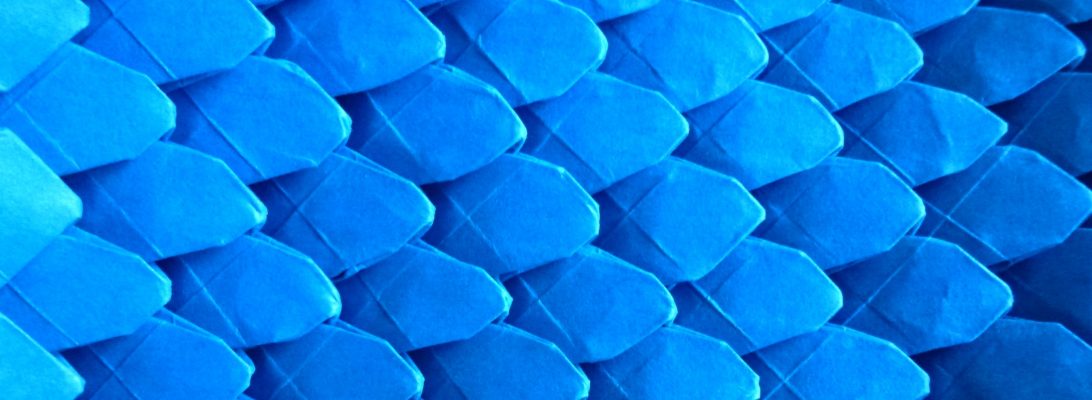One Piece aficionados know that a Den Den Mushi is a telepathetic snail used as an important communication device in-world:

Communicating via snail beings new meaning to the term “snail mail” but I remember seeing the snails in the Live-action remake and wondered if they existed as Origami.
To my delight, Tong Liu (G.T. Liu) designed one and released the diagrams in Bogota 2013’s conference booklet so I knew I needed to folded it.

I decided to try using some of my Kozo and Cotton paper that I made at Dion Channer’s Paper Mill in Gympie back in February 2024. The paper from this session was fairly soft and a little fabric-like (because, like, I really did not know what I was doing), but with a little TLC and some treatment it was perfect for this design.
Continue reading




























